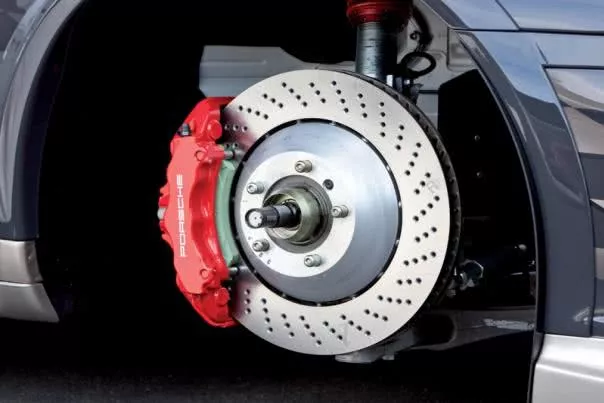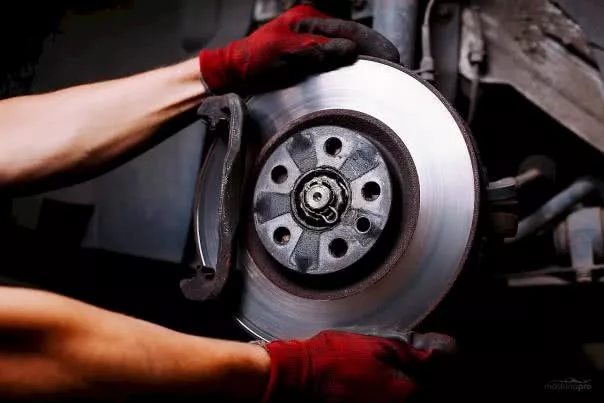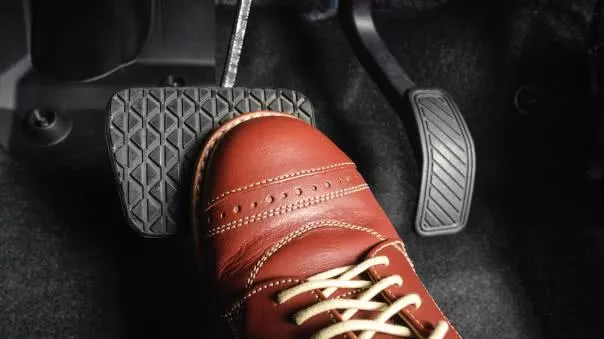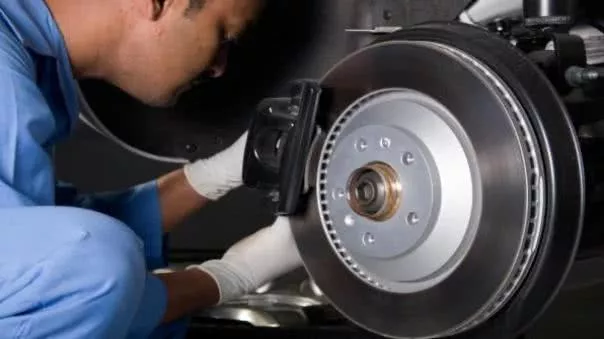The bigger your ride, the more it takes to get it going from a standstill. Car nuts will more often than not rave about a car’s acceleration relative to its weight and engine output; the shorter the better, especially when some race-happy fellow behind the wheel is eager to get a headstart once that traffic light turns green.
Equally important (but probably neglected) is how much it takes to get all that speeding mass to slow down or stop safely. There is no shortage of stories about how trucks and buses get into accidents on Philippines roads, with their respective drivers often claiming brake failure as the culprit. Whether it’s true or not, the fact remains that negligence was involved to a large extent, resulting in damage to property and, even worse, lives needlessly lost.

Equally important (but probably neglected) is how much it takes to get all that speeding mass to slow down or stop safely
Your car’s brakes is the primary safety feature
Owing to their mass and just about everything that makes them work, all wheeled vehicles are potential weapons of destruction, and we’re not just talking about performance. Driving conditions are not always ideal; water and sand on the roads can considerably affect traction at speed, not all areas are well-illuminated at night, a blind corner or a moving vehicle can obstruct a lurking hazard from your vision until the last minute.
Lose your focus for even just a few seconds, and disaster will strike. Brakes prevent this by reducing your car’s forward motion, slowing down the wheels for you to a complete stop, or at least bring you to a manageable enough speed with which to maneuver away from danger.
>>> Click for more safe driving tips on Philkotse.com
Now, you don’t need to drive a 10-wheeler truck or a passenger bus just to be mindful of this vital safety aspect. Cars these days are becoming increasingly lighter and more aerodynamic, and therefore more efficient in moving from point A to point B.
But as Gandhi once put it, “There is more to life than increasing its speed”. So it is with driving, especially in relation to everyone and everything else on the road. Your car’s brakes, as the primary safety feature, need to work at their optimal condition at all times so that you get to your destination in one piece.
A lot of older vehicles still ply the roads these days, and chances are they still use conventional brakes. Provided that they are properly maintained, conventional brakes are good enough to reduce a car’s speed; however, they do have a tendency to lock the wheels when the pedal is fully depressed. In low traction situations, this could cause the wheels to slip and lose control, especially under hard braking.
More modern cars are now outfitted with anti-lock brakes (ABS) that use a controlled amount of friction to reduce a vehicle’s forward motion. The good thing about ABS is that since the wheels are not fully locked, they are still relatively free to rotate on whatever surface you’re on. This means you will still be able to take evasive action and steer the car away from danger.

More modern cars are now outfitted with anti-lock brakes (ABS)
4 essential tips to check whether your brakes are still good or not
Whatever brakes your vehicle uses, they both serve the same purpose; as such, they deserve proper diligence from your end, especially if you use your car every day. Since they operate on the principle of friction, your brakes undergo one of the most significant amounts of wear and tear under regular use, probably second to the engine itself. Do keep in mind our 4 important tips in checking whether your brakes are still good for the next couple of thousand kilometres or when they need to be replaced.
1. Look for signs of wear on your brakes
This is especially true for front-wheel drive cars, where the front wheels do double duty in both steering and acceleration. If your OEM or aftermarket wheels have large enough spaces between the spokes, you can do a simple visual inspection to see whether your brake pads are still thick enough or are dangerously thin (at least ¼ inches of remaining friction material is ideal).

Look for signs of wear on your brakes to check it
When you apply the brakes, it’s the brake pads that come into direct contact with the brake rotors to reduce the wheel’s rotation and slow down the car. You can also see the condition of the rotors themselves, with deep grooves forming on the surface that can eventually affect the grip of the pads.
2. Hear the sound the brakes make
Brakes come with an indicator that makes a high-pitched sound. Note that your brakes usually make such sounds either in the morning when you make a cold start, or after being exposed to water, such as after driving through floods. Rust forming on the rotor surface can contribute to such a condition, and the normal contact between the brake pad and brake rotor is usually sufficient to remove the rust, eliminating the sound as you go about your drive.

Brakes come with an indicator that makes a high-pitched sound
However, if you notice that the screeching sound is persistent for the rest of your trip, then it may be time to have a mechanic look at your brakes. Also observe the kind of the sound coming from the brakes. Loud metallic or grinding sounds may be signs that your pads have completely disappeared, since the metal calipers where the pads are mounted are now making contact with the rotors themselves; this creates scoring marks giving the rotor an uneven surface. At this point, the rotors will need to either be resurfaced or replaced completely.
3. Feel the brake pedal for any vibrating or pulsating sensation
If you experience either, it could mean your brake rotors are warped due to heat caused by friction buildup. This usually happens when you engage in severe braking for prolonged periods of time. When the rotors are warped, the brake pads will noticeably struggle to maintain grip. Periodic stops during a long drive will help cool down the rotors.

Feel the brake pedal for any vibrating or pulsating sensation
4. Observe your brakes for signs of brake fade
Brakes are typically grippy when on a brand-new car; over time, the repetitive application of friction reduces their efficiency and you’ll notice that they no longer feel as responsive as before, especially when the pedal “sinks” into the floor or feels spongy.
Also, when you notice that your car pulls to one side as you apply the brakes, it could be a sign that your brake linings are not worn evenly. Your brake fluid reservoir also bears checking for contamination by foreign matter.
>>> Related: Never ignore these 3 common symptoms of low brake fluid

Observe your brakes for signs of brake fade
The best way to prolong the life of your brakes is to exercise due diligence. Always maintain a safe distance from the car in front of you when cruising (one and a half car lengths in dry weather, double that during rainy weather). Always have the car in gear (without throttle input, the engine helps in slowing the car’s speed, making the job easier for your brakes).
And generally keep an eye out on the road for sudden hazards, such as another vehicle, a pothole, an obstruction, or even that pedestrian who decides to cross the road at the very last minute. In short, do your best to avoid situations that can potentially abuse your brakes. Remember that your brakes are the first measure of safety when your car is in motion, and a faulty set of brakes can be a showstopper in more ways than one.
>>> Click here to read our article in car maintenance and get more handy tips
Recent posts
- Safety tips: How to drive when your car brakes are malfunctioned Nov 30, 2022
- 7 steps to deal with the car brake noise Nov 30, 2022
- Pros & Cons of DIY car brake replacement Aug 16, 2022
- 6 signs showing that your car's brake system needs maintence Mar 17, 2021
- Everything You Need To Know About Brake Fluid Aug 17, 2022











